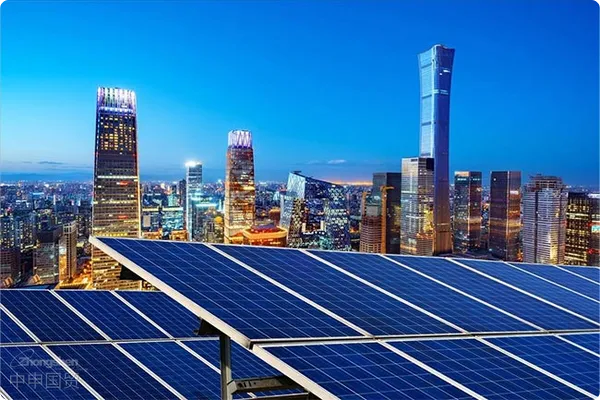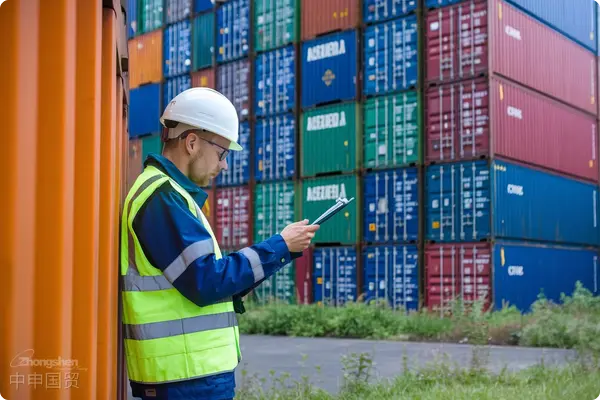- Shanghai Zhongshen International Trade Co., Ltd. - Two decades of trade agency expertise.
- Service Hotline: 139 1787 2118
photovoltaicThe industry is gradually emerging on the global stage, particularly in the fields of environmental protection and sustainable energy. In this sector, China is performing increasingly well. From January to July 2023, Chinas photovoltaic product exports reached $32 billion, a year-on-year increase of approximately 6%, setting a new historical record. This article will provide an in-depth analysis of various aspects of Chinas photovoltaic export performance and its future development trends.
Export Value Overview
First, from an overall perspective, Chinas photovoltaic product exports have performed remarkably well. Various products, such as silicon wafers, battery cells, photovoltaic modules, and inverters, have shown varying degrees of growth. This growth benefits from multiple factors, including increased demand for photovoltaic installations in regions such as Southeast Asia, Europe, America, and Latin America, accelerated overseas expansion by companies, and the supply shortage of N-type batteries.
Export Performance by Product Line
Silicon Wafer Exports
As a critical component of the photovoltaic industry chain, silicon wafer exports have performed particularly well. From January to July, silicon wafer exports reached $3.074 billion, a year-on-year increase of 15.04%. Vietnam, Thailand, and Malaysia were the primary export destinations, with Vietnam and Thailand showing particularly strong growth, with year-on-year increases of 16.15% and 79.25%, respectively.
Battery Cell Exports
Battery cells are the core components of photovoltaic power generation systems. From January to July this year, battery cell exports reached $2.726 billion, a year-on-year increase of 35.42%. Turkey, India, and Cambodia became the top three export markets, with significant year-on-year growth in export values for each.
Photovoltaic Module Exports
Although the growth rate of photovoltaic module exports has slowed relatively, the total export value remained high at $26.12 billion. The Netherlands, Brazil, and Spain were the main export destinations, with the Netherlands showing a year-on-year increase of 5.08%.
Inverter Exports
As a key component of photovoltaic systems, inverters have performed exceptionally well in exports. From January to July, inverter exports reached $6.917 billion, a year-on-year increase of 71.51%. The Netherlands, Germany, and South Africa were the primary export markets, with year-on-year growth exceeding 100% for each.
Challenges and Responses
Although Chinas photovoltaic industry has many competitive advantages in the international market, it also faces issues such as supply-demand imbalances and trade friction. To address these challenges, Secretary-General Zhang Sen proposed that Chinese photovoltaic companies and relevant government departments need to accelerate the high-quality development of the photovoltaic industry, including expanding high-efficiency production capacity and speeding up the formulation of green trade standards.
Overall, Chinas photovoltaic industry has clear advantages and potential in exports. Multiple factors indicate that this trend is expected to strengthen further in the future. Zhang Sen predicts that, driven by various factors, Chinas photovoltaic product exports for the full year of 2023 are expected to approach $60 billion, with a year-on-year increase of approximately 20%.
Chinas photovoltaic export performance not only reflects its important position in the global industry chain but also foreshadows its increasingly significant role in future global sustainable development.

Related Recommendations
? 2025. All Rights Reserved. 滬ICP備2023007705號-2  PSB Record: Shanghai No.31011502009912
PSB Record: Shanghai No.31011502009912









